What are the advantages of alumina ceramic valve plates compared to traditional metal valve plates
Aluminum oxide ceramic valve plates, as a new type of material, have significant advantages over traditional metal valve plates in multiple aspects, which have led to their increasingly widespread application in industrial and automotive fields.
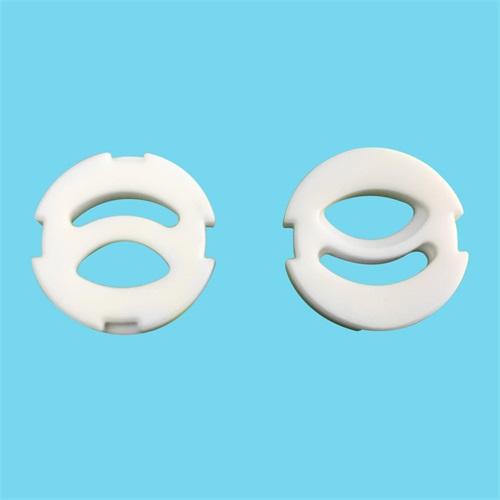
High temperature resistance
-Aluminum oxide ceramic valve plate: The melting point of aluminum oxide ceramic valve plate is as high as 2050 ℃. Even in a high temperature environment of 900 ℃, its thermal expansion coefficient is only 1/5 of that of metal, which can maintain good dimensional stability and will not deform due to high temperature, thus ensuring sealing performance.
-Traditional metal valve plates: Metal valve plates are prone to deformation due to thermal expansion in high-temperature environments, leading to seal failure, especially in high-temperature steam pipelines or engine combustion chambers, where the performance of metal valve plates will significantly decrease.
Wear resistance
-Alumina ceramic valve plate: The hardness of alumina ceramic reaches Mohs 9, second only to diamond, and its wear resistance is 6-8 times higher than traditional metal valve plates. Under high-frequency reciprocating motion or high-speed working conditions, the wear rate of ceramic valve plates is extremely low, and their service life can be extended by 3-5 times.
-Traditional metal valve plates: Metal valve plates are prone to wear and tear during frequent friction and reciprocating motion, resulting in damage to the sealing surface and requiring frequent replacement.
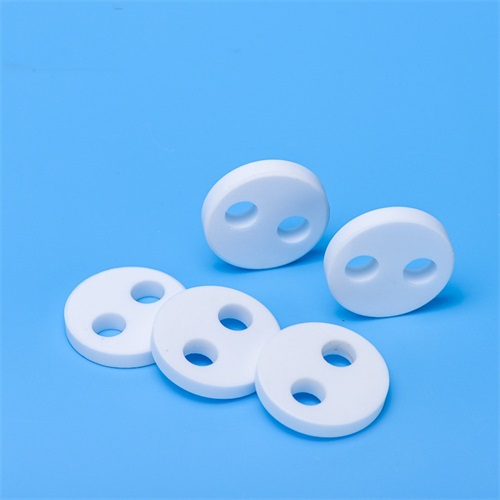
Corrosion resistance
-Aluminum oxide ceramic valve plate: Aluminum oxide ceramic has extremely stable chemical properties and strong corrosion resistance to corrosive media such as acids, alkalis, and salts. For example, in natural gas environments containing corrosive gases such as hydrogen sulfide, the corrosion rate of alumina ceramic valve plates is only 1/100 of that of ordinary metal valve plates.
-Traditional metal valve plates: Metal valve plates are prone to corrosion, especially in industries such as chemical and petroleum. Metal valve plates are easily damaged in corrosive media, leading to leakage and failure.
Lightweight and low inertia
-Alumina ceramic valve plate: The density of alumina ceramic is only one-third of that of steel, and using ceramic valve plates can significantly reduce the weight of equipment. For example, in car engines, using ceramic valve plates can reduce the overall weight of the engine by about 0.8kg, thereby improving fuel economy and reducing energy consumption.
-Traditional metal valve plates: Metal valve plates are heavy, increasing the inertia of the equipment and affecting response speed and energy efficiency.
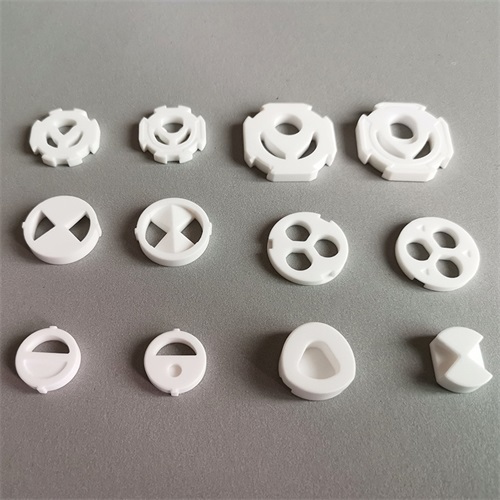
Sealing performance
-Aluminum oxide ceramic valve plate: Aluminum oxide ceramic valve plate is processed with high precision, with extremely high surface smoothness, and fits tightly with the valve seat, achieving good sealing effect. Even under high pressure difference, it can maintain sealing performance and prevent leakage.
-Traditional metal valve plates: During long-term use, the sealing surface of metal valve plates is prone to wear and tear, resulting in decreased sealing performance and easy leakage.
Noise and Vibration
-Alumina ceramic valve disc: Ceramic materials have self-lubricating properties, with a friction coefficient only one-third of that of metals, which can significantly reduce friction noise during operation. For example, in car engines, the use of ceramic valve plates can reduce idle noise by 2dB (A), improving the smoothness and comfort of operation.
-Traditional metal valve plates: Metal valve plates experience significant friction during operation, resulting in high levels of noise and vibration.
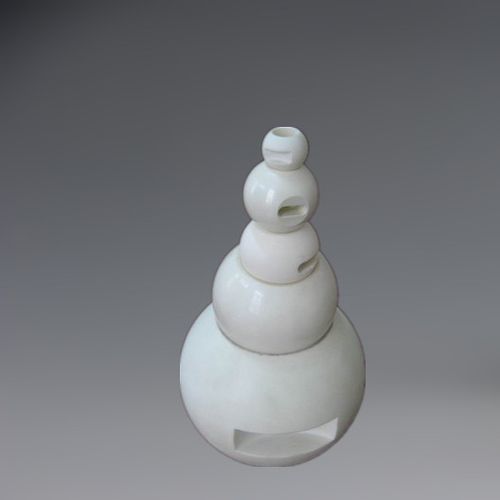
Maintenance cost
-Alumina ceramic valve disc: Due to its long service life, excellent wear resistance, and corrosion resistance, alumina ceramic valve disc has lower maintenance costs. For example, a petrochemical company extended the overhaul cycle from 1.5 years to 4 years after using ceramic valve plates in compressors, reducing single maintenance costs by 72%.
-Traditional metal valve plates: Metal valve plates require frequent replacement and maintenance, resulting in high maintenance costs.
Comprehensive performance improvement
-Alumina ceramic valve disc: The comprehensive performance of alumina ceramic valve disc has been significantly improved. For example, in industrial compressors, the fatigue strength of ceramic valve plates is 40% longer than that of metal valve plates, which can better cope with high-pressure impacts. In automotive engines, the response speed of ceramic valve plates is increased by 20%, enabling more precise valve control.
-Traditional metal valve plates: Metal valve plates are prone to performance degradation under complex working conditions such as high temperature, high pressure, and high-frequency reciprocating motion, making it difficult to meet the requirements of high precision and high reliability.
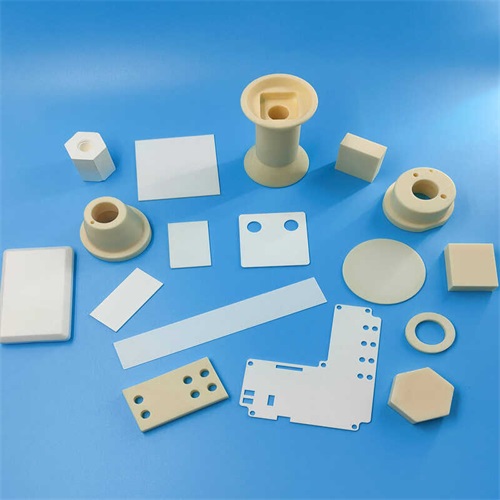
Aluminum oxide ceramic valve plates are superior to traditional metal valve plates in terms of high temperature resistance, wear resistance, corrosion resistance, lightweight, sealing performance, low noise, and low maintenance costs. Although its initial investment may be slightly higher, in the long run, its excellent performance and lower maintenance costs make it an ideal alternative to traditional metal valve plates in industries such as industry and automotive.
Brudeze Ceramics supplies and sells a wide range of high-quality quartz glass, including alumina ceramics, zirconia ceramics, silicon nitride ceramics, aluminum nitride ceramics, silicon carbide ceramics, boron carbide ceramics, bioceramics, machinable ceramics, etc. We can meet the customization requirements of various ceramic products.
PREVIOUS:How to deal with the aging of Macor ceramic properties
NEXT:What are the advantages and applications of zirconia ceramic plungers
CATEGORIES
LATEST NEWS
- What is Macor processable g...
- The material properties and...
- The reason for the high pri...
- What are the preparation me...
- Why modify aluminum nitride...
- Thermal conductivity values...
- What is the thermal expansi...
- Thermal shock resistance of...
- The average coefficient of ...
- What is high alumina ceramic
